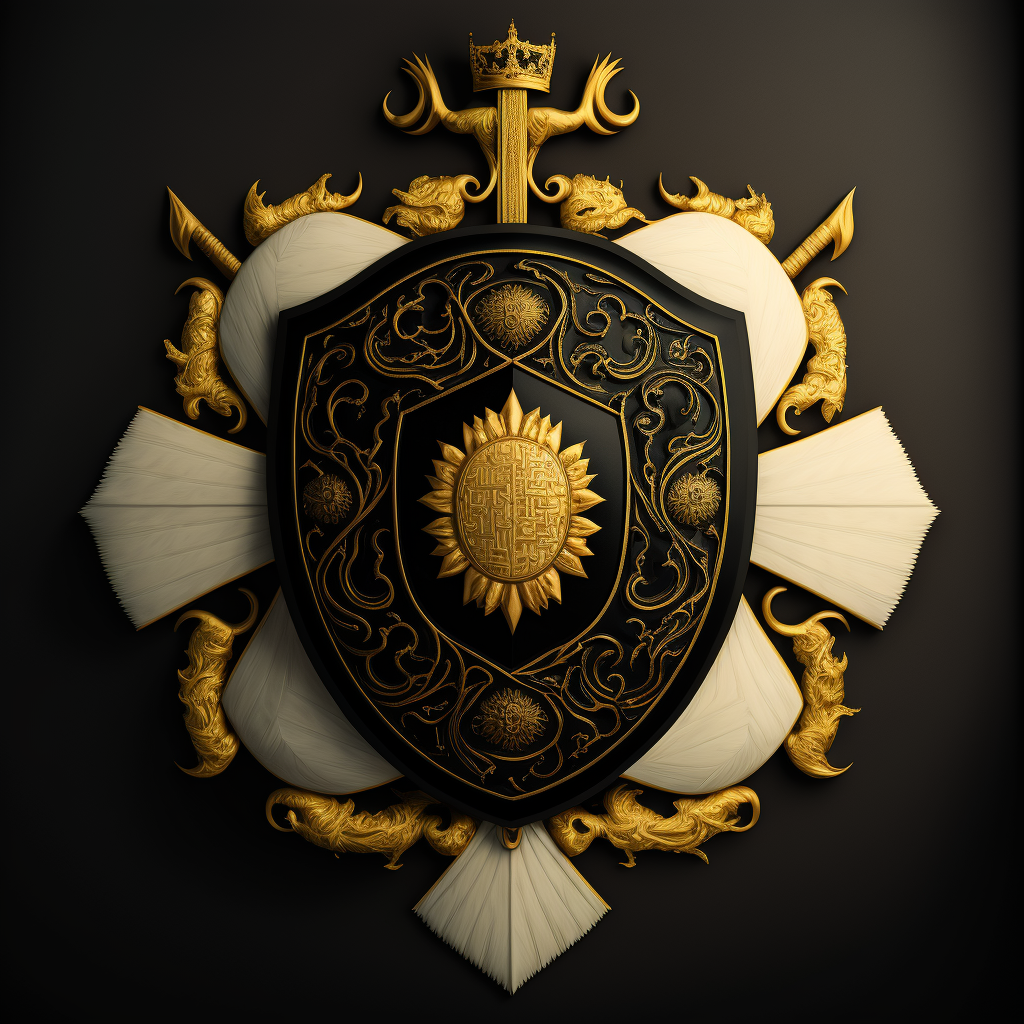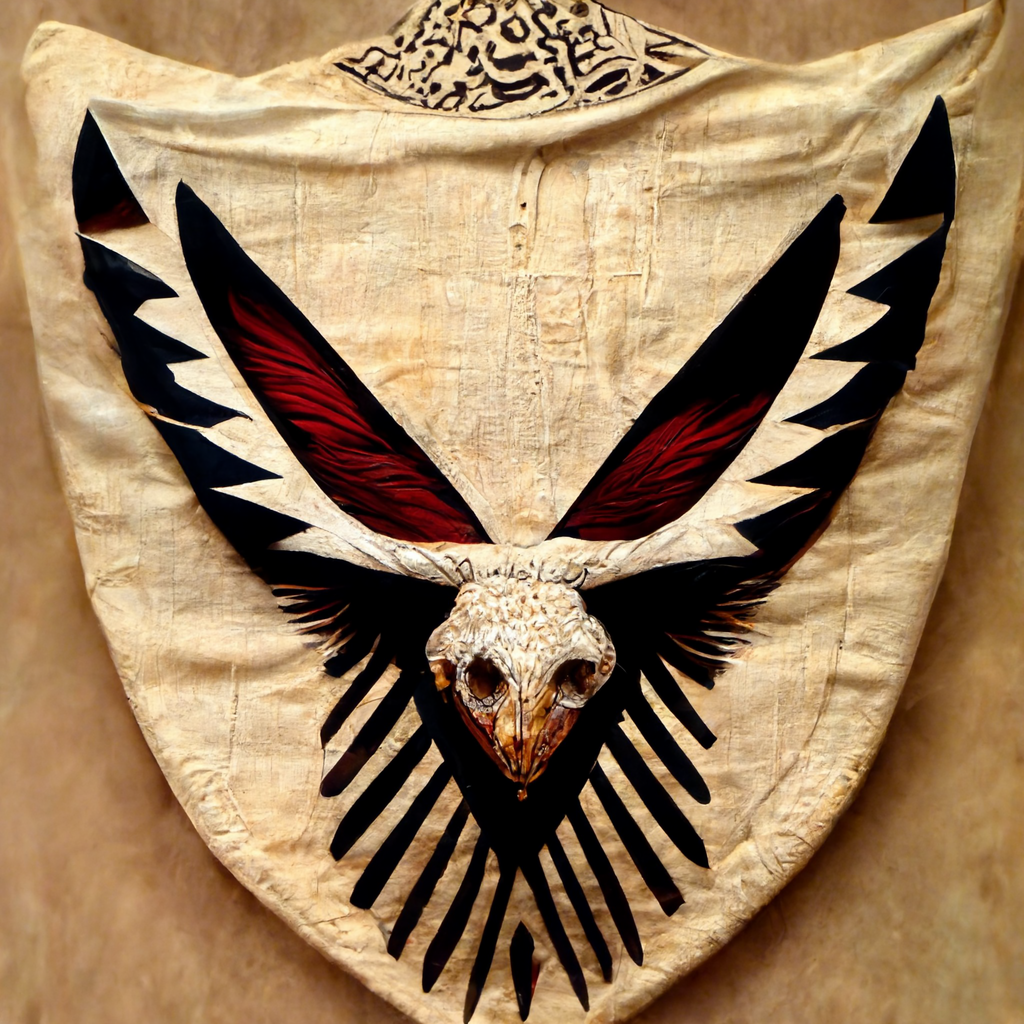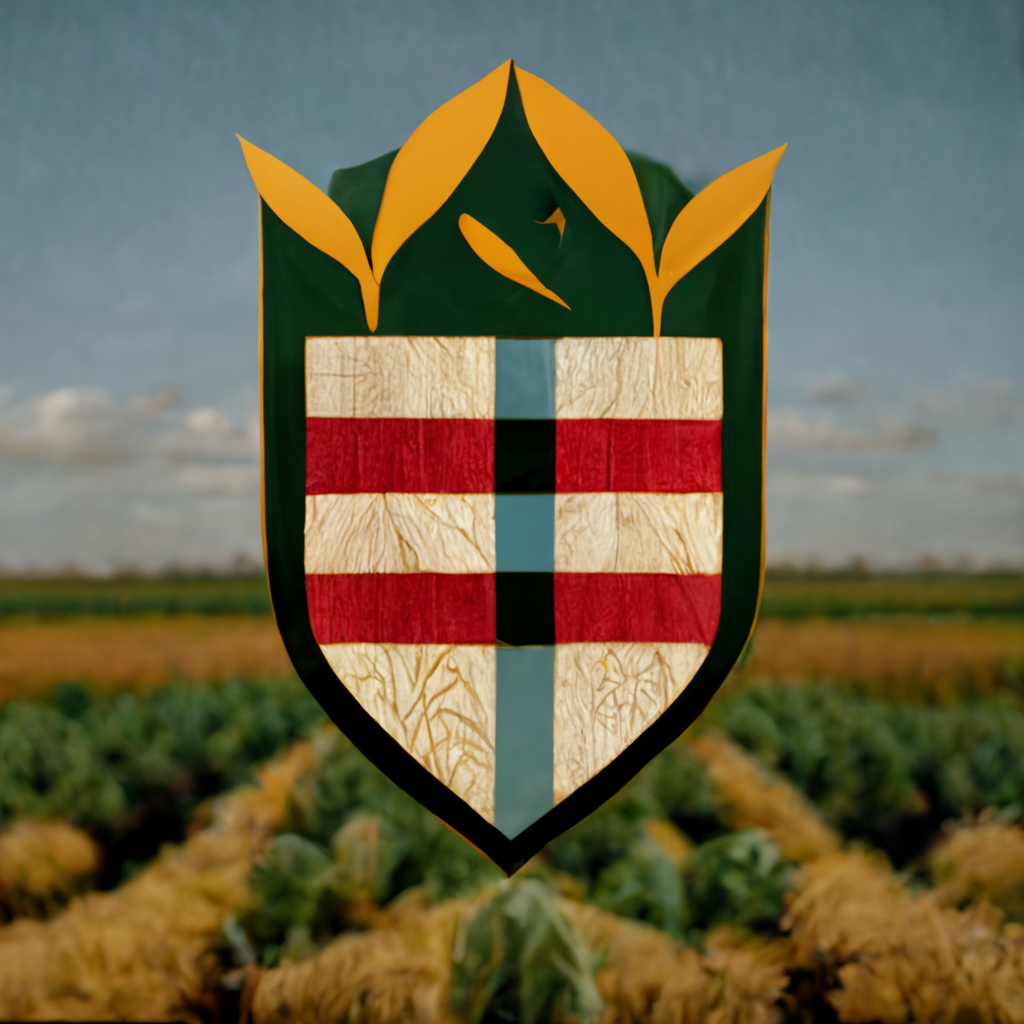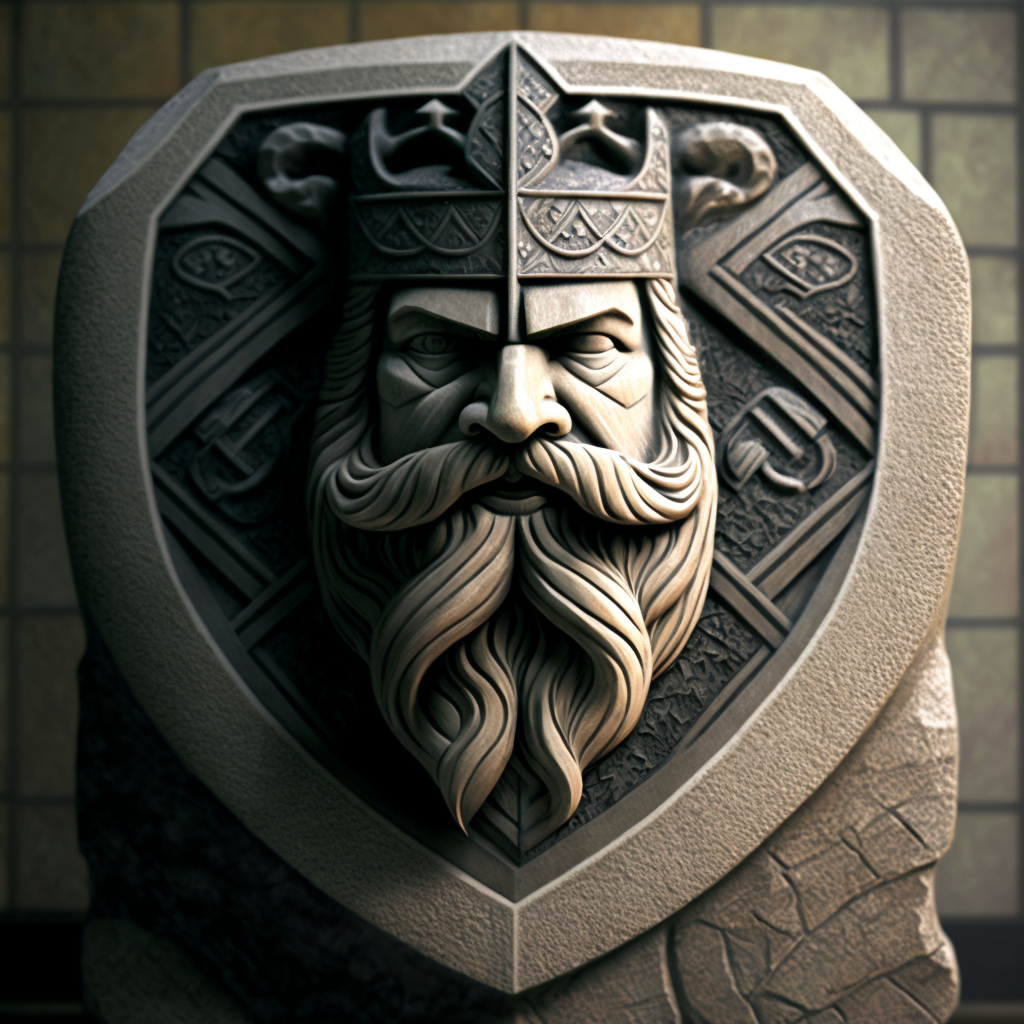
The Pact of Erindall
Diplomatic action
2
As the violence between the splinters of the once great Becht Empire finally began to wind down, the remaining four factions, including their smaller allies and supporters and with the urging of the other races that still remained, made a final push for peace.
As the violence between the splinters of the once great Becht Empire finally began to wind down, the remaining four factions, including their smaller allies and supporters and with the urging of the other races that still remained, made a final push for peace. The decision to meet under pretense of truce was made and accepted, and the ruined remains of the village of Erindall was chosen as the location. Erindall had been little more than a few farms and a town center before the war, now, all that remained was the damaged civic structure that had been the small village's pride and joy. It was nestled into a small valley that was located in a neutral location roughly between all four claimed factional territories. The four factions represented were the Bechtlarites, the Ongommu Tae, the Ventrytes, and the Hiversteadians. The entire gathering was overseen by the Culvarkt clan dwarves who remained in a non committal role to any faction in order to keep the peace. They believed it was in the best interests of all to stop the bloodshed if there was ever going to be a chance of rebuilding their cracked and torn world. The faction leaders poured over the initial sketches of the Pact, arguing and debating items of principal and fairness for weeks. The final decisions and general outcomes were kept secret from the outside, and no other souls were allowed to enter or leave the building until an agreement was reached. When the leaders finally did emerge, the pact was complete and while they seperate sides did not necessarily agree without contention, peace was found and a new rule of law had been forged. In this new rule, the human factions would remain as four separate unions, responsible for different aspects of life that could benefit all. Under the Pact, magic was now outlawed, and punishable by imprisonment or death depending on the nature of the crime. The Becht had been charged with enforcing this law, as it was them that had brought about the magic soaked Blight itself. In return they would be allowed to maintain the largest and most well equipped fighting force among them, and resources would be allotted to allow for this with the provision that all other factions, including the dwarves, would come fully to bear upon them should they use it in a manner that would breach the Pact and usurp the peace accord. They would also play a large role in researching new technologies to help replace the lost divine arts of healing and the large-scale processing of food and resources, as they had the university scholars in their number and knowledge was still an irreplaceable resource. They were free to rule themselves how they saw fit beyond this. The Ongommu Tae, though simple folk, had proven to be fierce and focused in the field of battle. The other factions had underestimated them and had paid for it. This fighting spirit bought them a seat at the table of peace however, and their obvious skills as people of the land was too valuable to ignore. The Ongommu Tae were tasked with food production and granted the healthiest lands furthest from the Blight to do so. They would work closely with the Becht to supply the vast majority of food to the rest of the people, but were allowed to keep ample supply for themselves. The hardy, working class folk were also granted mineral rights in the surrounding areas of their lands, and the fiscal benefit of that control as well. They agreed to offer those resources beyond what they needed to be processed at a fair price by the Becht and swore to not gouge prices and use their position as a way to do harm to the other factions. Failure to uphold their end of the Pact would result in the immediate recapturing of their lands by the combined forces of the other factions and the implementation of a rotating governor being placed there to control the flow of resources for an undetermined and/or indefinite period of time. To the Hiversteadians, it was agreed that in the events following the Blight, they had been victims. They were bred for battle and used as an indentured army for generations. Despite the fact they were the most battle worthy and feared of all the factions, their numbers were the fewest. They asked for very little save for the chance to build a life they could dictate on their own terms. The Dwarves offered them the mountains above the remains of their devastated kingdom, and the rest agreed with the stipulation that should an outside threat emerge that could threaten the people of Cairne from the Blight, that they would band together with the rest to defend for the sake of all. To this noble purpose, they agreed and were welcomed into the North as neighbors to the Dwarves. The Ventrytes, mysterious as they are, welcomed this meeting above all the rest. All they asked was unfettered independence from the rest. While they pledged without hesitation to rise should the rest need them, and to honor the terms of enforceable wrongs by the others, they wanted no real lands to call their own nor any real stipends of any kind. At a loss, for the sake of fairness it was finally decided by the other races that there was still a viable role they could fulfill for the others. The face of Cairne itself had been changed, both by the Blight and the years of war. To the nomadic people of this faction was given the task of exploration, rediscovery, and the passage of news between the other factions and races. Thei nomadic lifestyle granted them a unique opportunity to fulfill this role with very little extra effort, and so an agreement was made.





